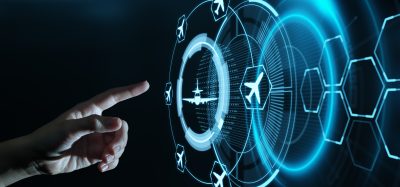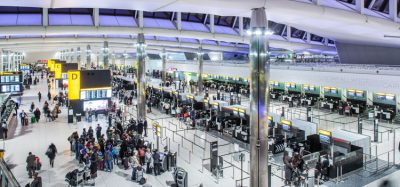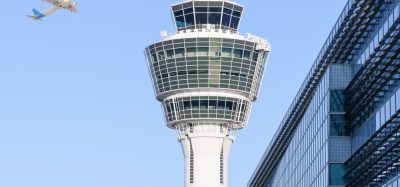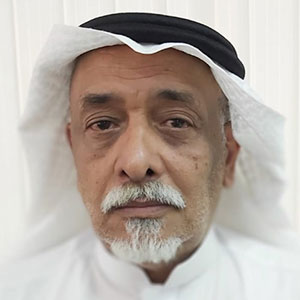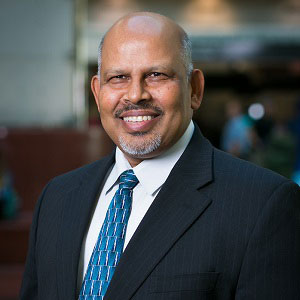Gatwick Airport welcomes AI technology to its apron
Posted: 11 September 2019 | International Airport Review | No comments yet
Gatwick Airport has become the first airport worldwide to deploy artificial intelligence computer vision technology on the apron for operational use.
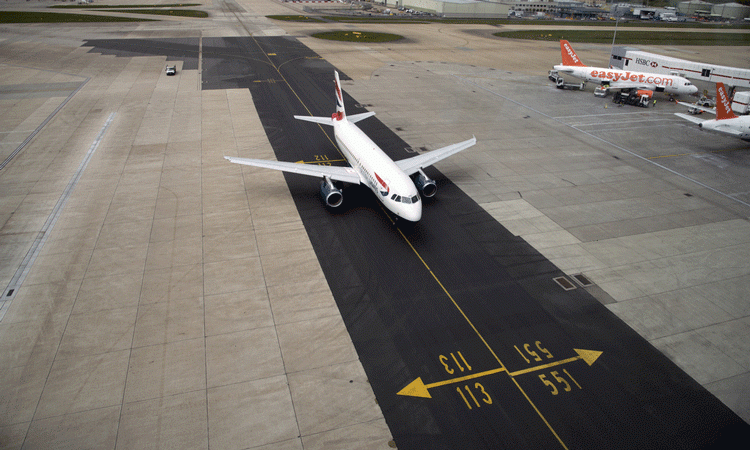

Under performance of ground handling leads to delays that cost the aviation industry billions of dollars a year, but Gatwick has become the first airport in the world to reduce delays and improve on-time performance with the help of computer vision, directly on the apron.
The apron AI technology, from Assaia, uses computer vision cameras pointing down to the stands on the apron to detect the events that make up an aircraft turn process – aircraft on stand, jet bridge connected, doors open, fuelling started, catering truck connected, push back tug connected etc.
Typically, more than 10 stakeholders have to synchronise their activities to turn an aircraft around on stand. In order to minimise the turn-around time, the overall process needs to be optimised across multiple organisations. This needs to be done at a granular level for each aircraft type, each airline and each type of stand. A key part of any optimisation initiative is accurate and unbiased measurements of key activities. Unbiased, accurate and automatic measurements of turn events is what computer vision technology enables for airports, airlines and ground handlers. Applying machine learning would then enable process optimisation and timely intervention.
Join us live: Shaping the Next Generation of Hold Baggage and Air Cargo Screening
Join us live for an insightful webinar on 11th December at 14:00 GMT, in collaboration with Smiths Detection, as we explore the strategic balance of operational efficiency, regulatory compliance, and sustainability in high-volume security environments.
This session offers a focused look into future-proofing your security strategy.
Key learning points
- Cost Reduction: Strategies to minimize bag travel time while simultaneously reducing operational costs.
- Regulatory Roadmap: Insights into the next wave of regulatory changes and their impact on future investment decisions.
- Sustainable Systems: Practical approaches to building sustainability into security systems and lowering the total cost of ownership (TCO).
- Scalable Solutions: Real-world examples of scalable systems supporting current airport growth and preparing for tomorrow.
Register now for expert insights, case studies, and actionable strategies on operational efficiency!
Currently, the AI technology primarily relies on visual data from off-the-shelf cameras.
Abhi Chacko, Head of Innovation, Gatwick Airport Limited, has led several AI initiatives at Gatwick Airport over the last couple of years. AI apron technology is just another leap Gatwick has made to ensure efficiency of operations. Chacko said: “AI, in this case computer vision coupled with machine learning, was conceived as a tool to understand natural world and ultimately optimise highly complex systems. Airside operations are a great example of such a complex system. Considering the likely growth in air traffic coming our way, the earlier we start using AI to improve our operations, the more successful we will be as an airport.”
Max Diez, CEO, Assaia International Inc, said: “Our entire team is extremely happy to observe that our system generates accurate event data over a broad range of different light and weather conditions. Thanks to the extensive tests we could conduct at Gatwick, we were able to prove that AI-powered perception is in fact ready for production use.”
The collaboration between the startup company and the airport operator began in March 2018 and by November 2018, Assaia‘s real-time dashboard was made available to trial for the airlines and ground handlers operating at Gatwick.
Chacko commented: “Our airline customers and handlers were very enthusiastic. They immediately realised that, at long last, the turn process has become more transparent, their systems can really see the turnaround process in minute level of detail, facilitating purposeful interventions and effective optimisation.”
Stay Connected with International Airport Review — Subscribe for Free!
Get exclusive access to the latest airport and aviation industry insights from International Airport Review — tailored to your interests.
✅ Expert-Led Webinars – Gain insights from global aviation leaders
✅ Weekly News & Reports – Airport innovation, thought leadership, and industry trends
✅ Exclusive Industry Insights – Discover cutting-edge technologies shaping the future of air travel
✅ International Airport Summit – Join our flagship event to network with industry leaders and explore the latest advancements
Choose the updates that matter most to you.
Sign up now to stay informed, inspired, and connected — all for free!
Thank you for being part of our aviation community. Let’s keep shaping the future of airports together!
Related topics
Airport development, Airside operations, New technologies, Regulation and Legislation, Runways and pavements



